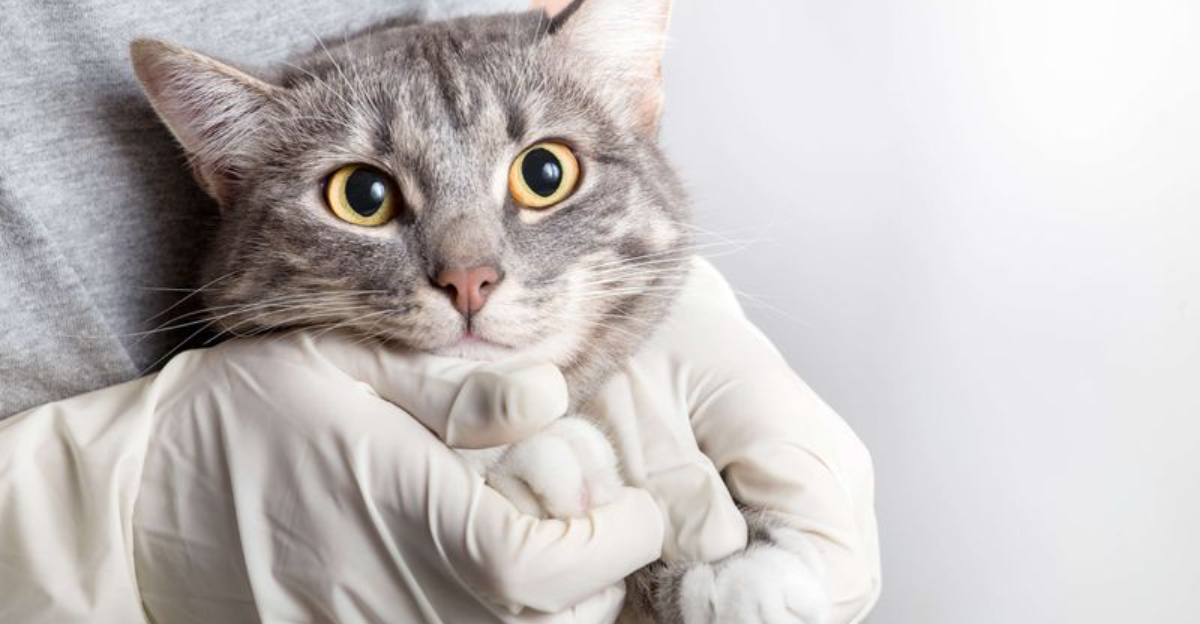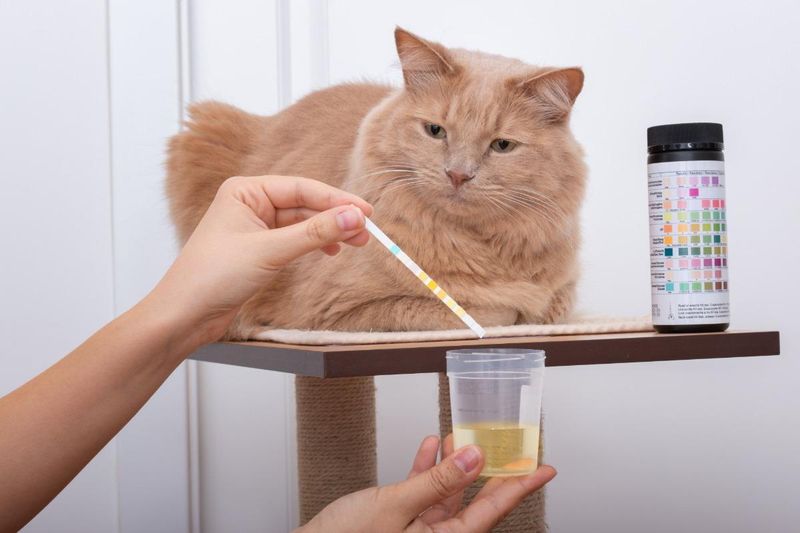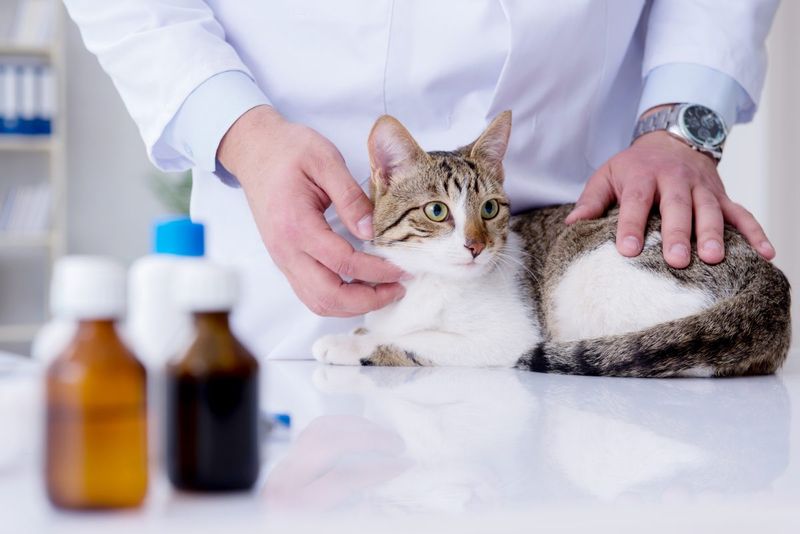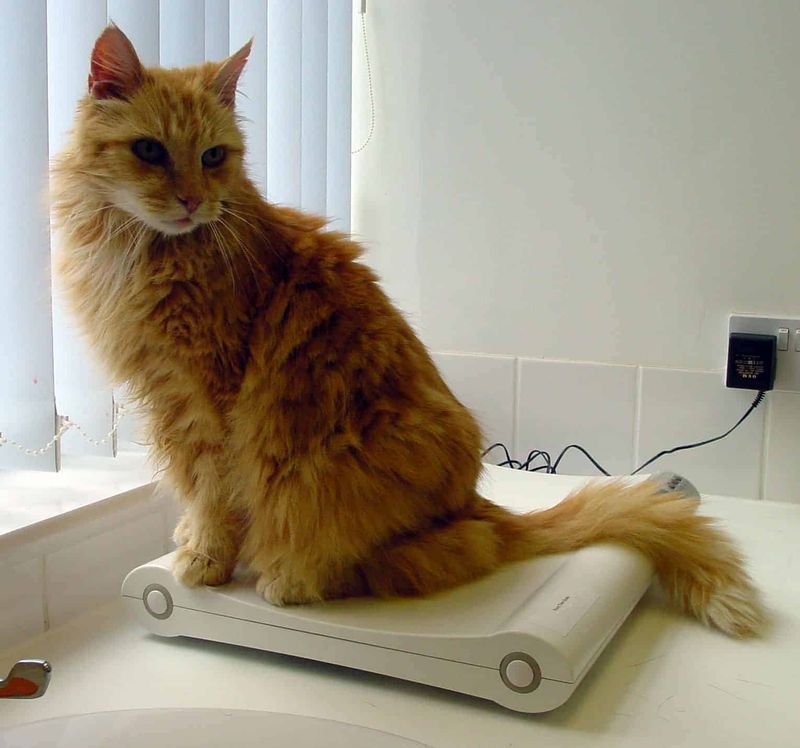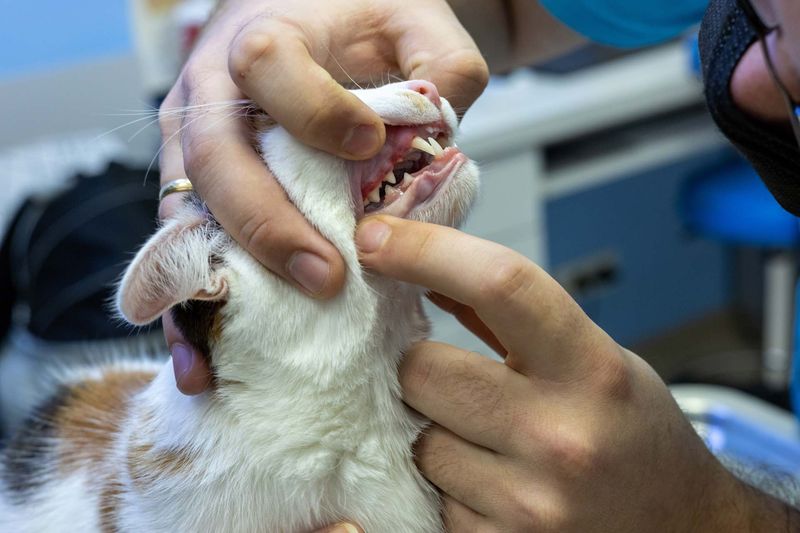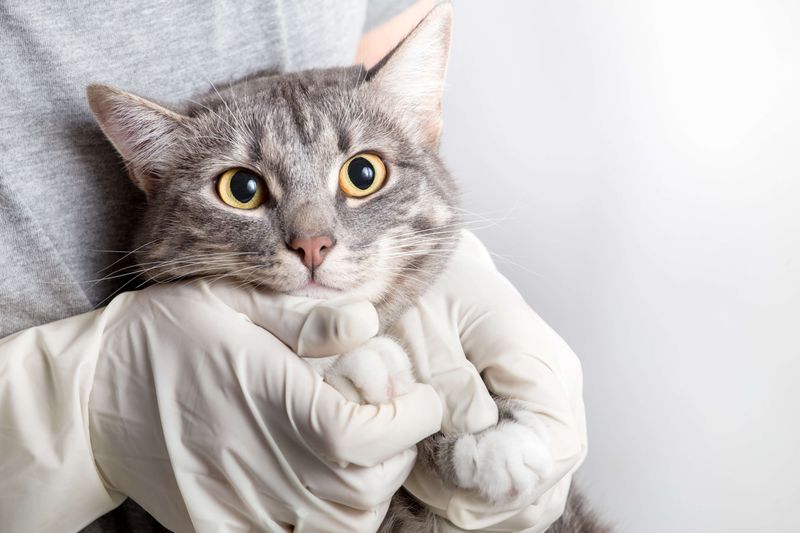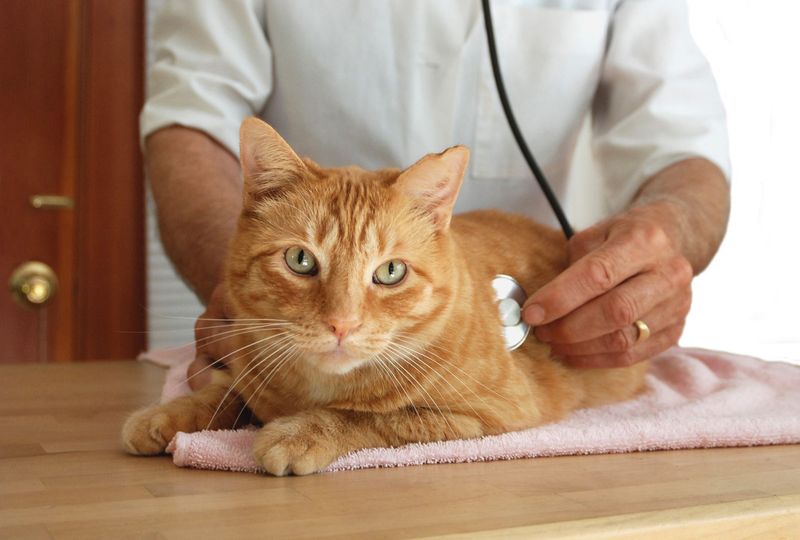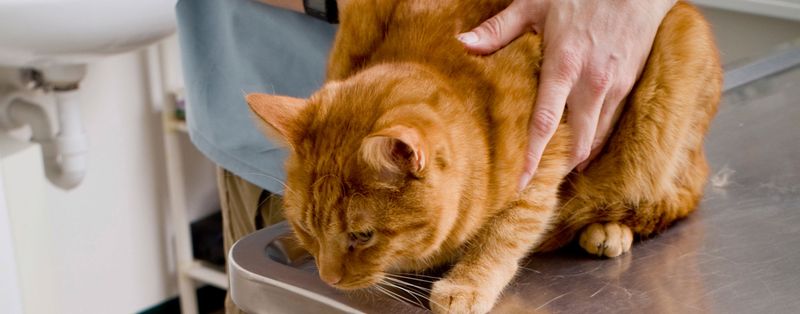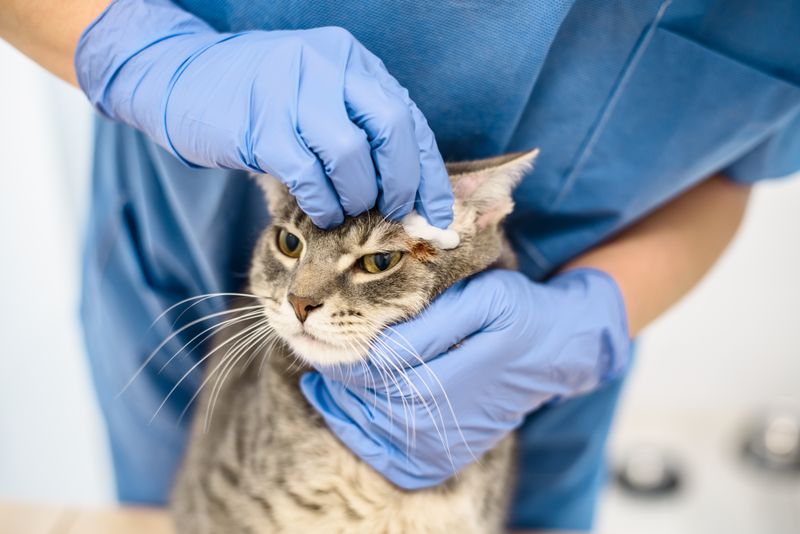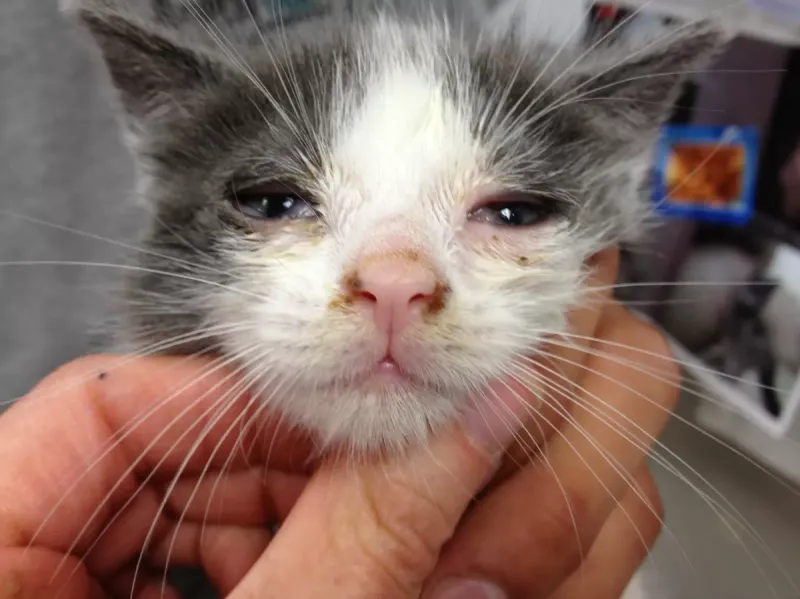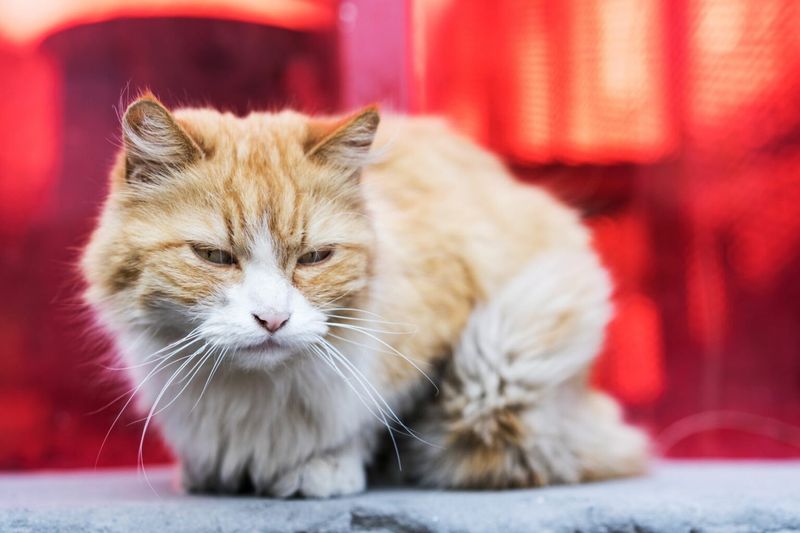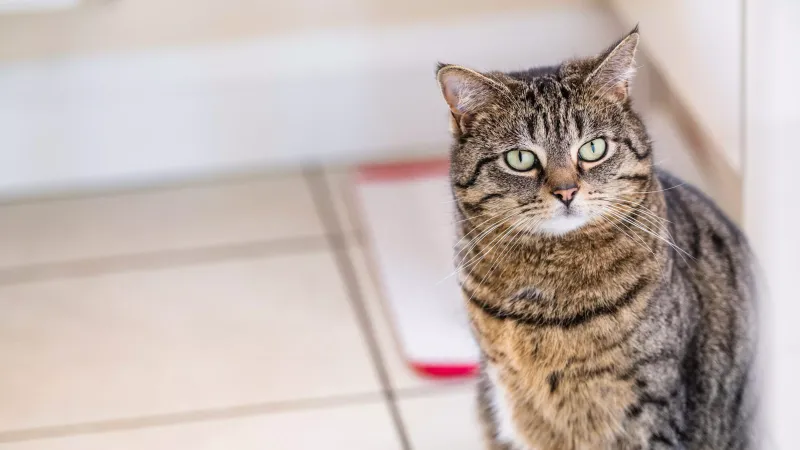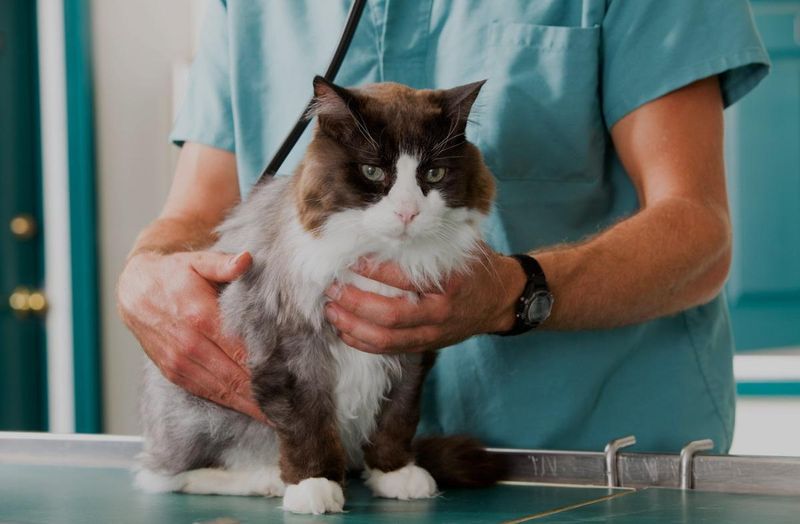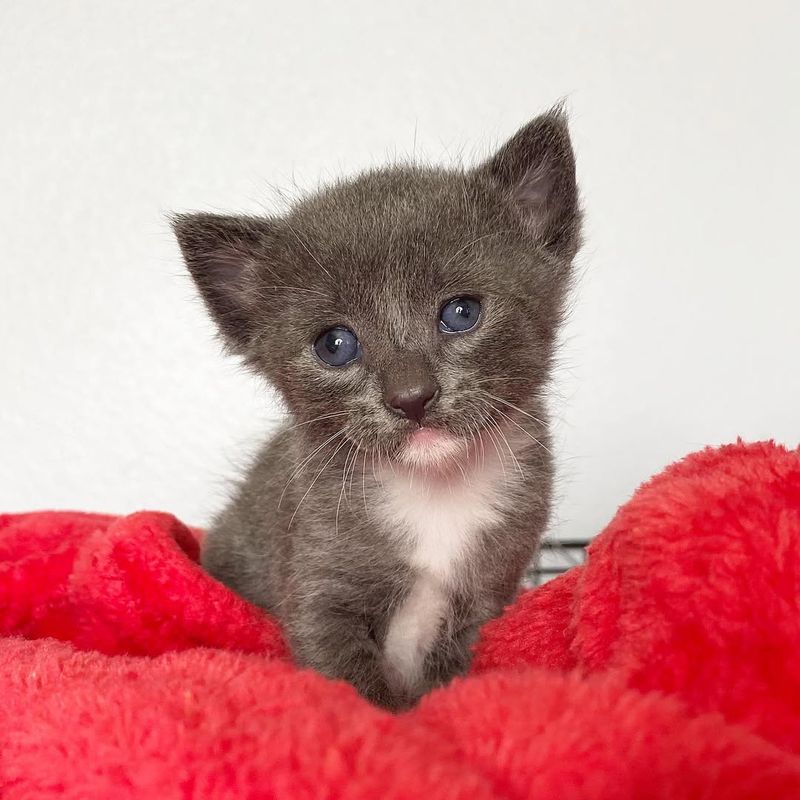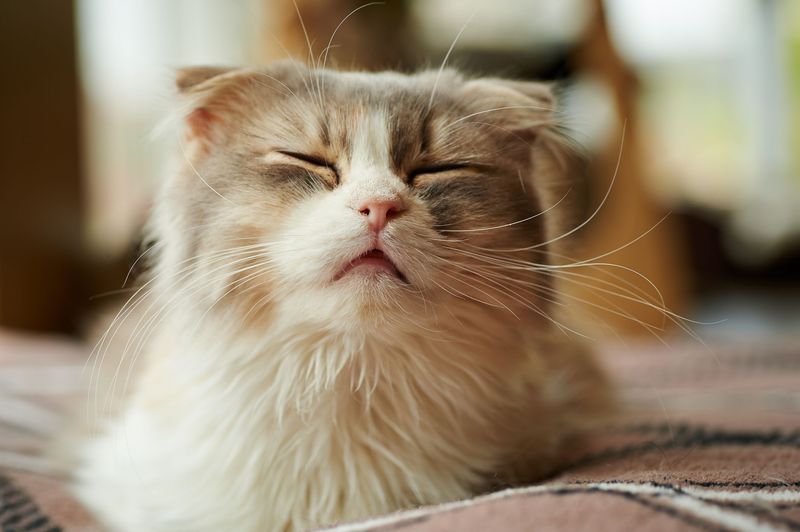📖 Table of Content:
- 1. Feline Lower Urinary Tract Disease (FLUTD)
- 2. Chronic Kidney Disease
- 3. Hyperthyroidism
- 4. Dental Disease
- 5. Obesity
- 6. Diabetes Mellitus
- 7. Heart Disease
- 8. Parasites
- 9. Cancer
- 10. Respiratory Infections
- 11. Feline Immunodeficiency Virus (FIV)
- 12. Arthritis
- 13. Gastrointestinal Issues
- 14. Feline Infectious Peritonitis (FIP)
- 15. Allergies
Cats may be known for their independence and resilience, but like all pets, they can develop health issues that often go unnoticed. Many common ailments in cats can progress silently, making early detection crucial for effective treatment. Recognizing the signs of illness early helps keep your feline friend happy, healthy, and comfortable.
Understanding common cat health problems is the first step in ensuring their well-being. A cat’s inability to vocalize discomfort makes it harder for owners to detect issues until they become severe. Knowing what to look for and understanding the subtle signs of illness can make a huge difference in providing timely care.
With the right knowledge, it’s possible to identify potential problems before they worsen. Early detection and intervention can help prevent serious health conditions from affecting your cat’s quality of life. By staying informed about the most common feline illnesses, owners can ensure their pets remain healthy and enjoy a long, happy life.
1. Feline Lower Urinary Tract Disease (FLUTD)
Feline Lower Urinary Tract Disease (FLUTD) is a common problem affecting cats’ bladder and urethra. Symptoms include frequent urination, straining to urinate, and blood in the urine. Cats might also urinate outside the litter box.
Stress, diet, and obesity can contribute to FLUTD. It’s essential to observe your cat’s bathroom habits and consult a vet if you notice changes.
Early detection is crucial for effective treatment. Providing fresh water and a balanced diet can help prevent FLUTD. Keeping your cat stress-free is equally important for their urinary health.
2. Chronic Kidney Disease
As cats age, Chronic Kidney Disease (CKD) becomes a frequent health issue, causing the kidneys to lose their ability to function effectively. Cats with CKD may experience increased thirst and urination, along with unexplained weight loss. Their coat might appear lackluster and their overall energy levels may drop.
Regular veterinary check-ups can help in early diagnosis, as CKD is often asymptomatic until advanced stages. Monitoring your cat’s water intake and weight is vital.
Treatment includes dietary changes and medication to manage symptoms. Encouraging fluid intake can also support kidney function, promoting a better quality of life for cats with CKD.
3. Hyperthyroidism
This illness results from an overactive thyroid gland, commonly affecting cats over ten years old. Symptoms include weight loss, increased appetite, and hyperactivity.
This condition can lead to heart and kidney problems if untreated. Observing changes in your cat’s behavior and eating habits is crucial for early detection.
Treatment options are available, such as medication, dietary therapy, and surgery. Regular blood tests help monitor thyroid levels, ensuring timely adjustments to their treatment plan.
4. Dental Disease
Cats are prone to dental disease, which manifests through signs such as foul-smelling breath, excessive drooling, and trouble eating. Neglecting dental health can lead to severe conditions affecting other parts of the body.
Regular dental hygiene, including brushing and dental treats, can prevent plaque buildup. Routine vet check-ups are essential for maintaining oral health.
Early detection of dental issues can prevent tooth loss and systemic infections. Providing your cat with a balanced diet further aids oral health, ensuring their comfort and well-being.
5. Obesity
Overweight cats face a higher likelihood of developing diabetes, arthritis, and heart disease. Monitoring their weight regularly is key to preventing these health concerns.
A balanced diet and regular exercise are key to preventing obesity. Interactive toys and scheduled playtime can keep your cat active.
Consult with a veterinarian to create a weight management plan. Regularly weighing your cat ensures any changes are promptly addressed, promoting a healthier lifestyle.
6. Diabetes Mellitus
When a cat’s body struggles to produce adequate insulin, it results in Diabetes Mellitus, causing high blood sugar levels. Signs like increased thirst, frequent urination, and weight loss are common indicators.
Recognizing these signs early can lead to effective management through diet and insulin therapy. Regular veterinary visits are essential to monitor their condition.
A healthy diet and weight control are crucial in managing diabetes. With proper care, cats with diabetes can lead a normal, happy life.
7. Heart Disease
If left untreated, heart disease in cats can eventually lead to heart failure. Symptoms such as coughing, lethargy, and shortness of breath may indicate a heart issue.
Regular veterinary check-ups are paramount for early detection and effective management. Monitoring your cat’s activity level and breathing can provide essential clues.
Treatment may involve medication and lifestyle adjustments. Ensuring a stress-free environment aids in managing heart conditions, promoting a better quality of life.
8. Parasites
Parasites, including fleas, ticks, and worms, can cause discomfort and lead to more severe illnesses. Typical signs are scratching, hair loss, and digestive issues.
Regular parasite prevention treatments are essential. Checking your cat’s fur and skin regularly helps in early detection.
Consult your vet for appropriate prevention and treatment options. Maintaining a clean environment further reduces the risk of infestation, ensuring your cat’s comfort and health.
9. Cancer
This can affect cats of any age, with symptoms like lumps, weight loss, and lethargy. Early detection through regular vet visits is vital.
Observing changes in your cat’s behavior and appetite can provide early warning signs. Various treatment options are available, depending on the type and stage of cancer.
Providing a supportive environment and following your vet’s advice ensures your cat’s comfort and quality of life during treatment.
10. Respiratory Infections
Sneezing, coughing, and nasal discharge are common signs of respiratory infections in cats. Without proper treatment, these can lead to more serious complications.
Ensuring your cat is vaccinated can prevent common respiratory pathogens. Monitoring their respiratory health helps in early detection.
Treatment typically involves antibiotics and supportive care. Maintaining a clean, stress-free environment aids recovery and prevents further infections.
11. Feline Immunodeficiency Virus (FIV)
The immune system of cats with Feline Immunodeficiency Virus (FIV) is compromised, leaving them more susceptible to infections. Common signs include fever, swollen lymph nodes, and a lackluster coat.
Regular vet visits and blood tests are essential for early diagnosis. Keeping your cat indoors reduces the risk of contracting FIV.
Although there’s no cure, supportive care and maintaining a healthy lifestyle help manage symptoms, ensuring a good quality of life for affected cats.
12. Arthritis
Arthritis is common in older cats, causing joint pain and stiffness. Symptoms include reduced mobility and reluctance to jump.
Providing joint supplements and maintaining a healthy weight can alleviate symptoms. Observing changes in movement and behavior is crucial for early detection.
Consulting with a veterinarian for pain management strategies ensures your cat’s comfort and improves their quality of life. A warm, soft sleeping area can further ease discomfort.
13. Gastrointestinal Issues
Vomiting, diarrhea, and loss of appetite are common signs of gastrointestinal problems in cats. If these symptoms persist, dehydration and weight loss can occur.
Identifying the cause, such as food allergies or infections, is crucial for effective treatment. Regular vet visits can aid in diagnosis.
A balanced diet and proper hydration support digestive health. Monitoring your cat’s eating habits and stool consistency is essential for early intervention.
14. Feline Infectious Peritonitis (FIP)
A viral disease known as Feline Infectious Peritonitis (FIP) often strikes young cats, presenting with symptoms like fever, weight loss, and abdominal swelling.
Early detection is challenging, but monitoring changes in your cat’s health and behavior is key. Regular veterinary care can help manage symptoms.
Currently, there’s no definitive cure, but supportive treatments can improve quality of life. Keeping a clean environment reduces infection risks.
15. Allergies
Allergies in cats can result from food, pollen, or flea bites, causing itching, sneezing, and skin irritation. Observing your cat’s reactions is essential for early detection.
Identifying and avoiding allergens is crucial for prevention. Regular vet consultations help in managing symptoms effectively.
Treatment may include dietary changes and medications. Providing a clean environment minimizes allergens, enhancing your cat’s comfort and health.
